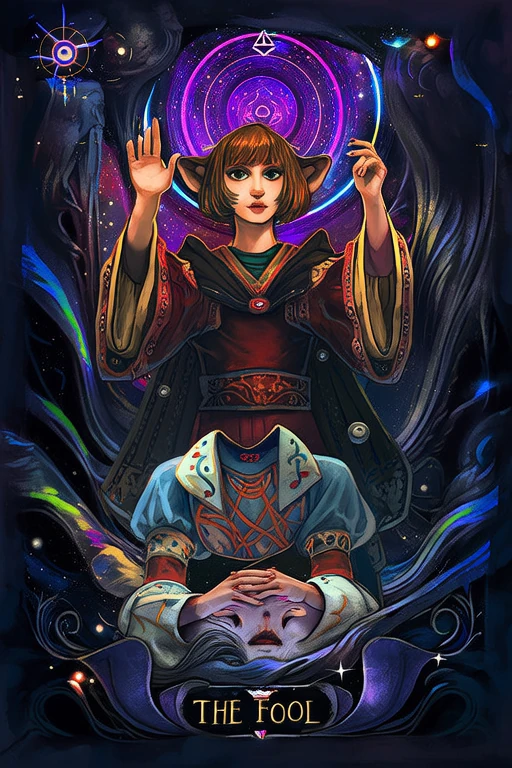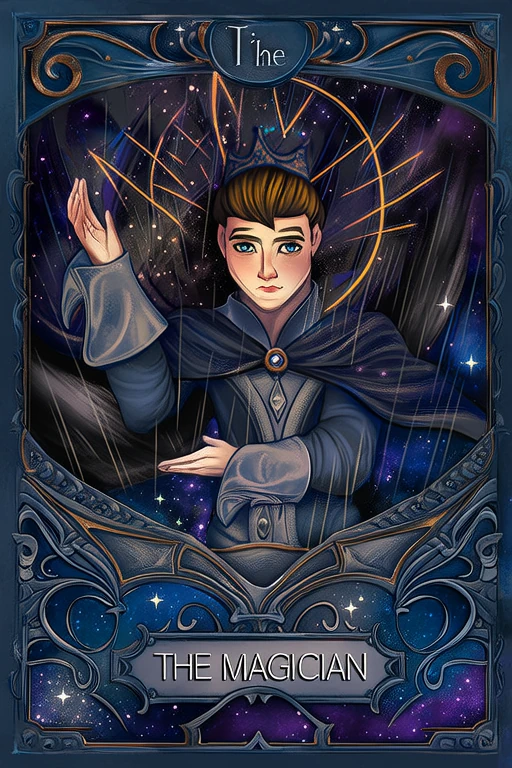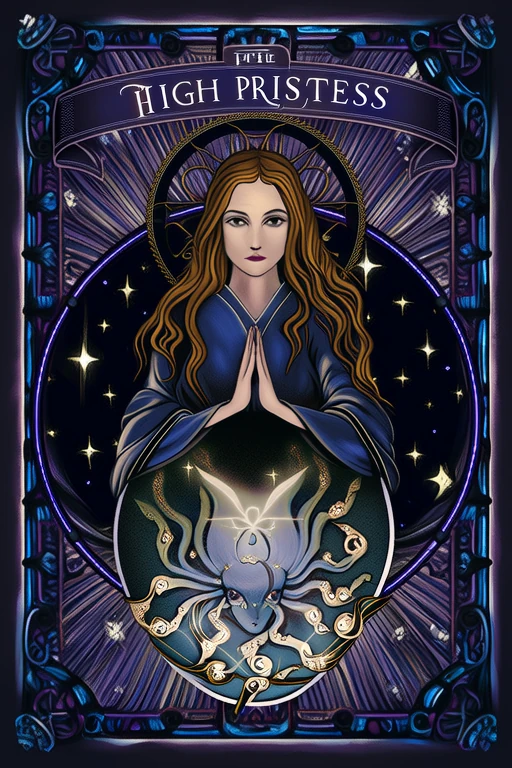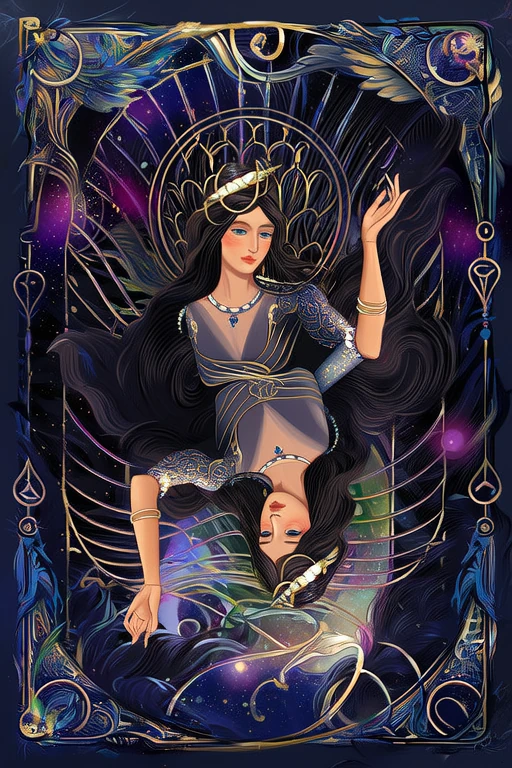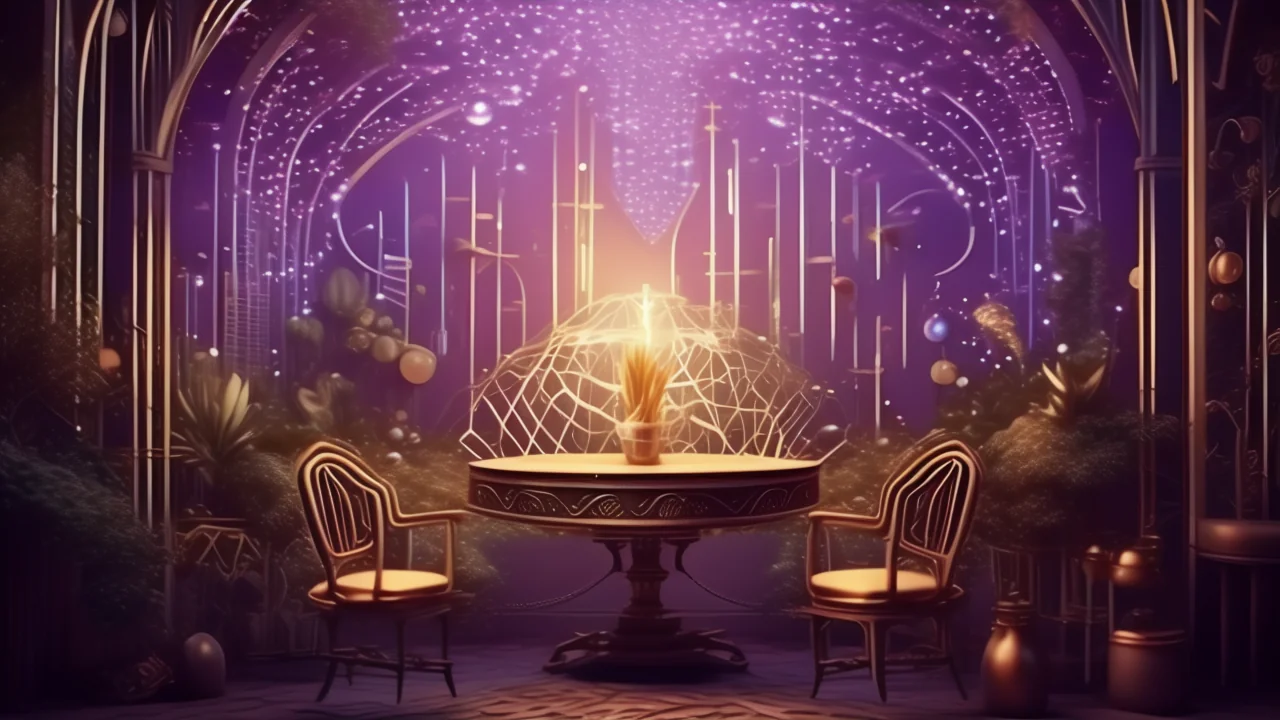
The Lovers
Discover the deep meaning of The Lovers with our free AI-powered tarot interpretation. Get instant, accurate readings based on advanced tarot knowledge.
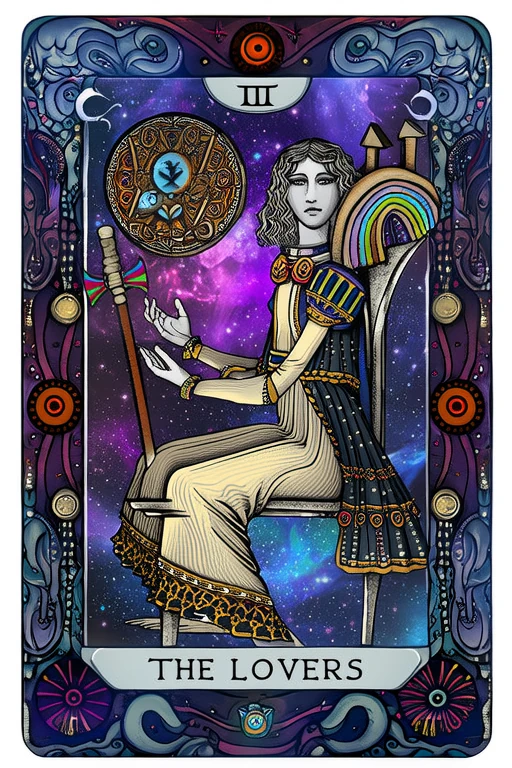
Keywords
Upright Meaning
Love, harmony, relationships, values alignment, choices
Reversed Meaning
Self-love, disharmony, imbalance, misalignment of values
Full Interpretation
The Lovers represent love, harmony, and the choices we make in relationships.
In-Depth Analysis
📜 Historical Background
The Lovers card, numbered VI in the Major Arcana of the tarot, holds a unique and multifaceted place in tarot history. Its origins trace back to early 15th-century Italy, where it first appeared in the Visconti-Sforza tarot deck, one of the oldest known tarot sets. In this deck, the card depicted a couple flanked by Cupid, symbolizing romantic love and the power of choice. However, the card’s meaning was not always centered on romantic relationships. In some early decks, it was known as 'The Lovers' or 'The Sweethearts,' and it often illustrated themes of union, harmony, and moral decision-making rather than just love.
The imagery of The Lovers evolved significantly over time, influenced by Renaissance humanism and later esoteric traditions. By the 18th century, French occultists began interpreting the tarot as a mystical system, and The Lovers card took on deeper spiritual meanings. In the 19th century, the Hermetic Order of the Golden Dawn and A.E. Waite further refined its symbolism. Waite’s Rider-Waite-Smith deck, published in 1909, introduced the now-iconic image of a man between two women, with an angel above, often interpreted as a scene of divine guidance in making a choice.
This version of the card draws from multiple mythological and religious traditions. One prominent interpretation links it to the biblical story of Adam and Eve, with the angel symbolizing divine presence and the tree of life behind the figures. Another interpretation connects The Lovers to the myth of Cupid and Psyche, symbolizing the union of soul and spirit. In some decks, such as the Marseille Tarot, the imagery is simpler, showing a man receiving a token from a woman, emphasizing themes of commitment and decision-making.
Across cultures, The Lovers card has been interpreted differently. In Eastern traditions, it may symbolize duality and balance, akin to the yin-yang principle. In modern psychological tarot readings, it often represents inner harmony or the integration of opposites within the self. Its evolution from a simple allegory of love to a complex symbol of choice, unity, and personal alignment reflects broader cultural and spiritual shifts over the centuries.
Symbolism & Imagery
The Lovers card is rich in symbolism, with each element contributing to its deep and layered meaning. In the Rider-Waite-Smith tradition, the central figure is a man standing between two women, representing a moment of choice. Above them hovers an angel, typically identified as the Archangel Raphael, who symbolizes healing, guidance, and divine wisdom. The angel holds a banner shaped like a lemniscate (infinity symbol), signifying eternal connection and higher purpose. Behind the man is a tree of life with red apples, symbolizing knowledge, temptation, and the fruits of conscious decisions. A second tree, barren and twisted, stands behind one of the women, suggesting the consequences of poor choices.
Colors play a crucial role in conveying the card’s meaning. The man is often depicted in red, symbolizing passion and vitality, while the women wear green and blue—colors representing growth, harmony, and emotional depth. The angel’s golden halo and robes reflect spiritual illumination and divine energy. The number six, assigned to The Lovers, resonates with balance, harmony, and responsibility, reinforcing the card’s message of making conscious, heart-centered decisions.
Across cultures, interpretations of The Lovers vary. In some European traditions, the card emphasizes romantic love and marriage. In contrast, Eastern interpretations may focus on the balance of opposites and the integration of dualities within the self. In Jungian psychology, the card can represent the anima and animus—the feminine and masculine aspects of the psyche—coming into alignment.
When The Lovers appears upright in a reading, it generally signifies love, harmony, and significant choices related to relationships or personal values. It encourages the querent to follow their heart and act with integrity. When reversed, the card may indicate inner conflict, poor decisions, or disharmony in relationships. It can also suggest a need to reconnect with one’s true desires or to resolve internal contradictions.
The Lovers has strong connections with other Major Arcana cards. It follows The Hierophant, suggesting that after establishing social or spiritual structures, one must now make personal choices about love and commitment. It precedes The Chariot, indicating that after making a choice (The Lovers), one must take decisive action (The Chariot) to manifest their desires. Together, these cards form a narrative arc of decision, action, and personal growth.
Psychological Insights
From a psychological perspective, The Lovers card aligns with Carl Jung’s concept of the anima and animus—the feminine and masculine aspects within each individual. Encountering The Lovers in a reading often signals a need to integrate these inner opposites, fostering self-awareness and emotional maturity. The card encourages introspection, prompting individuals to examine their values, desires, and the motivations behind their choices. It represents a critical juncture where logic and emotion must align to make a conscious, authentic decision.
In modern life, The Lovers serves as a guide for navigating complex relationships, career choices, and moral dilemmas. Whether choosing between two job offers, deciding to commit to a partnership, or reconciling internal conflicts, the card reminds individuals to trust their intuition and act from a place of integrity. It emphasizes the importance of aligning external actions with inner truth, which is essential for long-term fulfillment.
For personal growth, The Lovers invites individuals to explore their inner landscape, recognizing that true harmony begins within. It encourages self-love, authenticity, and the courage to make difficult choices that honor one’s deepest values. In therapeutic and counseling contexts, tarot readers and therapists may use The Lovers to help clients examine their relationships, uncover subconscious patterns, and gain clarity on life decisions.
Spiritually, The Lovers resonates with the heart chakra, emphasizing compassion, connection, and emotional healing. It is often used in modern spiritual practices to support meditation on love, unity, and soul connections. Whether in romantic relationships, friendships, or self-development, The Lovers serves as a reminder that conscious, heart-centered choices lead to deeper fulfillment and spiritual alignment. As such, it remains a powerful symbol of love—not just in the romantic sense, but as a unifying force that connects all aspects of life.
Correspondences
The Lovers card is deeply connected to the zodiac sign Gemini, ruled by Mercury, the planet of communication, intellect, and adaptability. This correspondence highlights the card’s themes of duality, decision-making, and the power of choice. Mercury’s influence encourages clear thinking and effective communication, especially in matters of the heart and personal values.
Gemstones associated with The Lovers include rose quartz, known as the stone of unconditional love; emerald, symbolizing harmony and emotional balance; and moonstone, which enhances intuition and emotional healing. Crystals like rhodonite and aventurine are also linked to this card, supporting emotional resilience and heart-centered healing.
Herbs and essential oils connected to The Lovers include rose, lavender, ylang-ylang, and jasmine—each promoting love, emotional healing, and inner harmony. These natural elements can be used in rituals, aromatherapy, or meditation practices to align with the card’s energy.
The Lovers corresponds to the element of Air in some systems, emphasizing intellectual clarity and communication, while others associate it with Water due to its emotional depth. It is often linked to springtime, a season of renewal and blossoming relationships. In terms of chakras, The Lovers resonates with the heart chakra (Anahata), reinforcing themes of love, compassion, and emotional balance.
Numerologically, the number six—associated with The Lovers—represents harmony, responsibility, and nurturing energy. This number supports the card’s themes of love, partnership, and the importance of making balanced, conscious choices in life.
❓ Frequently Asked Questions
One of the most common questions surrounding The Lovers card is whether it always indicates romantic love. While it often appears in readings about relationships, its meaning extends beyond romance to include personal choices, values, and inner harmony. Beginners may mistakenly believe that The Lovers always predicts a new relationship or a perfect love match, but it often highlights the need for self-reflection and conscious decision-making.
Another frequent question is how to interpret The Lovers in a reversed position. When reversed, the card may indicate indecision, misalignment with one’s values, or conflicts in relationships. It can also suggest a need to reassess priorities and reconnect with one’s authentic desires.
Professional tarot readers often use The Lovers in spreads that focus on decision-making, relationships, or personal growth. A simple three-card spread—past, present, future—can reveal how past experiences influence current choices. In a relationship-focused reading, placing The Lovers alongside The Two of Cups and The Ten of Cups can indicate deep emotional bonds and long-term harmony.
The Lovers interacts differently with other cards. When paired with The Devil, it may suggest temptation or unhealthy attachments. With The Two of Swords, it could indicate a difficult emotional decision. When combined with The Ace of Cups or The Empress, it often signifies new beginnings in love or creative endeavors.
Interpreting The Lovers requires context. In a career reading, it may suggest choosing between job opportunities or aligning work with personal values. In a health reading, it might encourage emotional healing or making lifestyle choices that support well-being. Readers should always consider the surrounding cards and the querent’s specific situation to provide a nuanced and insightful interpretation.
